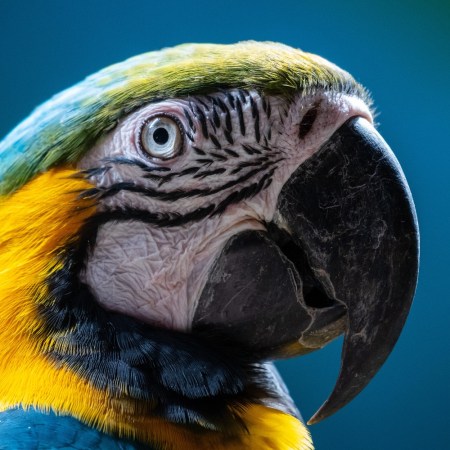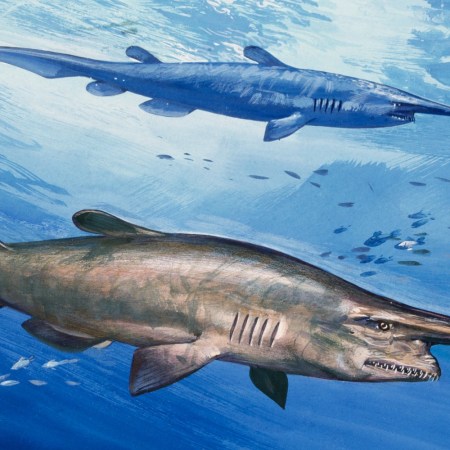Four years ago, a group of scientists discovered something interesting about amphibians — they can often viably reproduce across species lines in ways other types of animals cannot. There are a host of reasons for this, and, in the case of certain species of frogs, which parent comes from which species plays a massive role. But it’s one thing to breed frogs or toads as part of an experiment and another thing to see see that same principle play out in the wild.
As it turns out, plenty of amphibians do end up having, shall we say, relations across inter-species lines in the wild. In a new article for The Atlantic, Katherine J. Wu explores the odd phenomenon of female plains spadefoot toads seeking to mate with male Mexican spadefoot toads in parched conditions.
This does, Wu reports, result in offspring — albeit sterile males and females that don’t produce as many eggs as their non-hybrid counterparts. But it turns out that there’s a scientific reasons for this — namely, that the hybrid toads devlop faster as tadpoles, and thus are more likely to survive to adulthood.
As Karin Pfennig, author of a paper on this phenomenon, told Wu, what’s especially intriguing about this is that the female toads seem to be actively making this decision to choose the right mating partner. The next step for some of the scientists Wu spoke to? Figuring out what happens when the hybrid offspring mature and go on to find mating partners of their own.
Thanks for reading InsideHook. Sign up for our daily newsletter and be in the know.


















